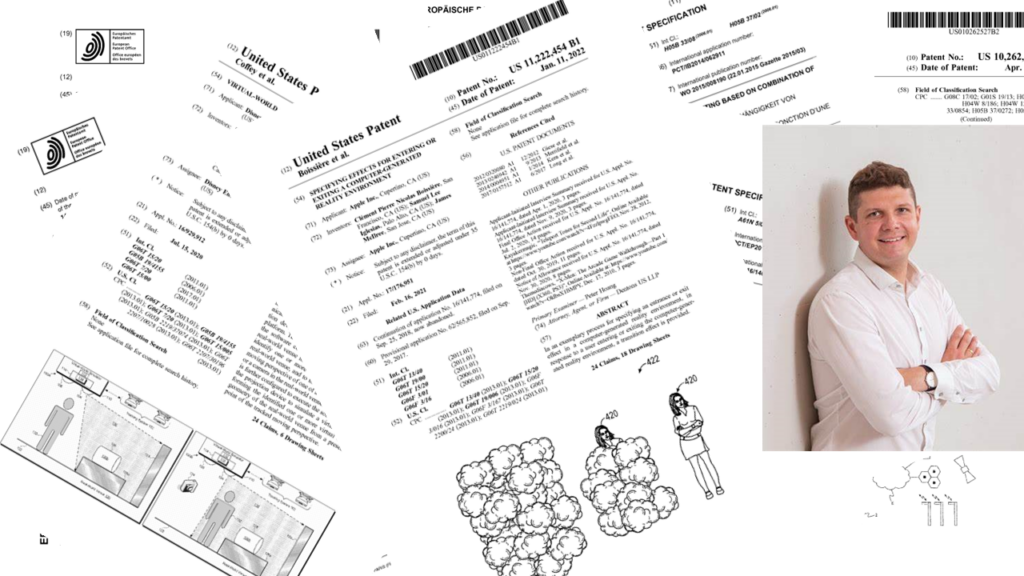Interview with Stefan Brehm about AI-based Patent Search
IP business academy: Patent applications worldwide have surged the last decade, especially in China and in digital technologies. How can patent search tools assist companies to deal with the challenges of rising patent numbers?
Stefan Brehm: China’s overwhelming number of patents will outshine other countries in the foreseeable future, as government subsidies and massive investments in research and development are contributing to impressive progress – there is no sign of a foreseeable slowdown. In view of this ongoing pressure to innovate from China and the possible consequences, entrepreneurs need a modern tool for gathering information that organises patent searches and patent monitoring and makes the findings usable for business and legal decisions. It is crucial to find out which innovations the Chinese players are producing, which spots they occupy in the technology field and which patents may be infringed. In this way, it is possible to achieve technological progress and prevent costly patent disputes.
Patent searches and patent monitoring are used for many processes in a company. How can search tools make processes like Freedom to Operate (FTO)-searches more efficient?
Freedom to Operate searches aim to identify patents and utility models that stand in the way of the commercial utilisation of a technical product or a technical process. It is examined which property rights could be infringed during the manufacture, commercialisation or other commercial use. This includes pending patent applications, patents granted and in force as well as utility models in force. The probability of a costly and resource-intensive infringement of property rights is minimised by a FTO and the company can carry out a certain action, such as manufacturing or marketing a product, without running the risk of patent infringement. To make this process more efficient search tools can be used. Such tools can filter patent information and give you a level of efficiency that you could never achieve manually in just one search. Nevertheless, it has to be mentioned that in FTO searches, it is very important to know exactly what was searched for and how. This means that Black-Box AI searches are excluded for reasons of liability and proof, but AI tools can still be useful as an assistance tool to make the search more efficient.
Patent information can be used in a company for many purposes and is not only helpful for patent experts, but also other company functions such as e.g. product engineers can profit from it. What do you think is the role of intuitive patent search tools to make patent information more accessible to all company functions?
Time is precious and users are reluctant to waste it on long onboarding processes or complicated navigation structures. A simple and intuitive user interface is an important prerequisite for being able to work efficiently. It does not require a long familiarisation period and offers a clear structure. In addition, complex user interfaces hinder the joy of researching. A guided search with targeted features instead of tedious or rigid processes that require many iterations is one of the most important requirements placed on a modern patent search tool. Efficient access to patent information offers diverse room for manoeuvre in the respective IP strategy.
Although the power of AI-based patent search tools becomes more and more obvious, some patent searchers are still reluctant, because they do not understand, what is going on in the black box of the AI tool. How can you make the way AI-based patent search works more transparent for the user?
AI can do a lot of work for humans and therefore speed up the search. In my opinion, however, the key to success is the interaction between human expertise and artificial intelligence in patent searches. This interaction is essential for a reliable patent search, because good searches can never be done without human expertise. Our innovative search workflow offers this human & AI interaction and provides complete traceability of the results. Therefore, a patent search is completely transparent despite the use of Black-Box AI Patent Search Tools. Our application therefore fulfils the requirements of professional users for legally compliant documentation.
The use of AI has in many fields opened exciting new possibility how to use the available data. Do you expect that AI is similarly creating new ways, how to extract useful data from patent documents?
Yes absolutely, one example could be our new technology Ask Your Data (AYD). AYD allows you to ask specific questions directly to a single document or even to entire lists of documents, such as results lists, monitoring reports or customised folders. You will receive precise answers from the AI in no time. The feature allows you to dive deep into documents without having to read the entire document. The main use case for AYD is to let AI do the tedious work of extracting information for patent document evaluation. Users can focus on determining the information requirements and utilising the information obtained as efficiently as possible.
About the interviewee:
 Stefan Brehm is the founder and CEO of Predori and Commitee Chair of the I3PM Commitee for Patent Information. Predori offers the next generation tool for patent search & patent monitoring. Within the app users are supported by an artificial intelligence in order to find the most appropriate documents within a few minutes.
Stefan Brehm is the founder and CEO of Predori and Commitee Chair of the I3PM Commitee for Patent Information. Predori offers the next generation tool for patent search & patent monitoring. Within the app users are supported by an artificial intelligence in order to find the most appropriate documents within a few minutes.



